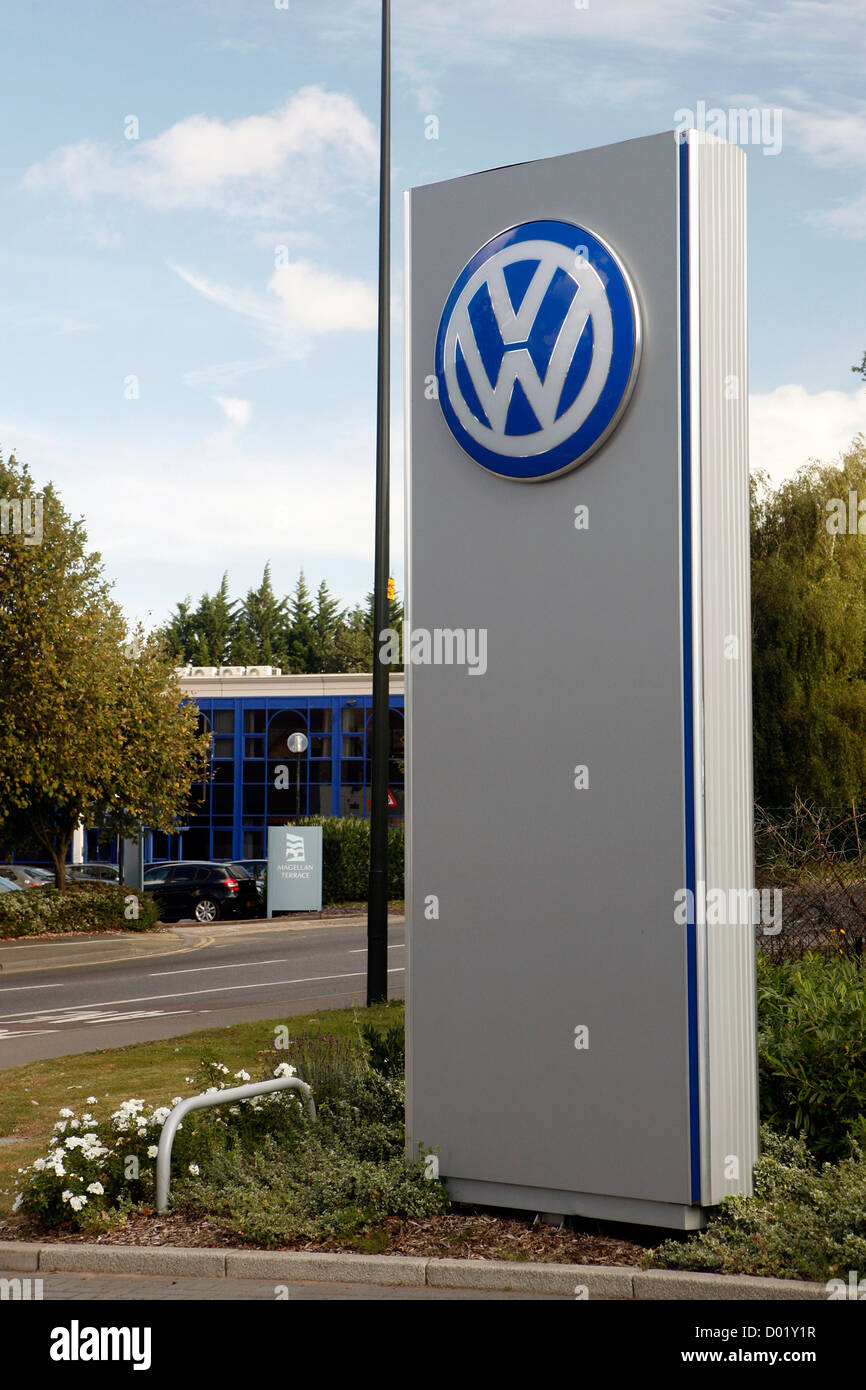Exposing Misconceptions Concerning Vehicle Suppliers and Their Practices

Prices Techniques
Cars and truck dealers often utilize intricate prices strategies to make the most of profit margins while bring in clients. One usual technique is called price anchoring, where suppliers at first set a higher price for a car to develop an understanding of value. They then slowly reduced the rate through promos or negotiations, making the last cost look like a far better deal to the client. An additional strategy is packing, where suppliers integrate the cost of the car with add-ons like extended warranties or maintenance plans. This can make it harder for clients to assess real price of the car and may lead them to spend greater than they initially planned.
Furthermore, numerous dealerships use emotional rates strategies, such as establishing rates simply listed below a round number ($ 19,999 instead of $20,000) to make the cost seem much more attractive. They might also create a sense of urgency by promoting limited-time deals or emphasizing that the rate stands only for a brief period. Understanding these pricing methods can help customers browse the car-buying procedure and make more informed choices.
Trade-In Worth
Figuring out the value of a trade-in vehicle is an essential element of the automobile buying and marketing process. When trading in a lorry at a car dealership, the trade-in worth is the amount that the dealership is willing to use you for your old automobile to place in the direction of the purchase of a brand-new one. It is essential to understand that the trade-in value is not exclusively based on the cars and truck's age or gas mileage but is influenced by different elements such as the general problem of the vehicle, market need for that specific make and model, and dominating market value.
To figure out the trade-in value, suppliers typically utilize sector devices like Kelley Directory or NADA Guides, which give a series of values based upon the vehicle's make, year, condition, and design. While these tools are valuable, the last trade-in value provided by the dealership may differ based on their analysis of the cars and truck's problem and market demand. It's advisable to look into the trade-in worth of your lorry ahead of time to have a much better understanding of what to anticipate during settlements.
Sales Methods
Sales strategies used by vehicle dealers play a vital role in influencing consumer decisions and making best use of earnings in the auto sector. Cars and truck dealerships typically use various strategies to encourage potential buyers and secure sales. One common tactic is upselling, where salespeople motivate clients to buy much more costly designs or attachments by highlighting the benefits and features that include them. Limited-time deals and promos are additionally often utilized to produce a feeling of necessity and drive sales.
Furthermore, dealers may utilize the "rate anchoring" strategy, where a high first rate exists to make the real asking price seem even more affordable in comparison. This can lead consumers to view they are obtaining a bargain, also if the last price is still successful for the supplier. Additionally, salespeople may focus on building relationship with clients to develop trust fund and produce a positive acquiring experience. By recognizing these sales strategies, consumers can make even more enlightened choices when browsing the car-buying procedure.
Financing Alternatives
Auto car dealerships normally provide a variety of funding choices to cater to the varied needs of their consumers. One more popular financing choice is renting, which enables customers to pay for the vehicle's devaluation throughout the lease term rather than the full useful link purchase rate. In addition, dealerships might use internal funding for purchasers with less-than-perfect credit scores, offering them with a possibility to secure a loan straight from the dealership.

Customer Support
To make certain a positive and seamless investing in experience, the degree of client service given by auto dealerships plays a critical duty in establishing depend on and complete satisfaction with prospective customers. Client service in the vehicle market surpasses just making a sale; it includes building lasting partnerships with clients based on transparency, honesty, and integrity.
Efficient interaction is type in providing exceptional consumer solution. Cars and truck car dealerships that focus on timely and clear communication with consumers produce a sense of trust and dependability. Get the facts Whether it's responding without delay to inquiries, offering in-depth details about lorries, or supplying help throughout the buying process, strong communication builds a positive connection with consumers.
In addition, a customer-centric strategy is essential for making certain that purchasers feel valued and valued. This includes actively paying attention to customer requirements, dealing with issues promptly, and individualizing the shopping experience to meet specific choices. By putting the customer initially and prioritizing their satisfaction, car dealerships can grow loyalty and favorable word-of-mouth references, eventually driving lasting success.
Conclusion

Automobile dealerships frequently use detailed additional reading prices strategies to optimize earnings margins while attracting clients. They after that slowly lower the cost via arrangements or promos, making the final cost appear like a better bargain to the consumer. Automobile car dealerships generally use an array of financing choices to provide to the varied requirements of their consumers. Car car dealerships that focus on timely and clear communication with clients develop a feeling of count on and dependability. By placing the consumer first and prioritizing their complete satisfaction, car dealers can grow commitment and positive word-of-mouth referrals, eventually driving lasting success.